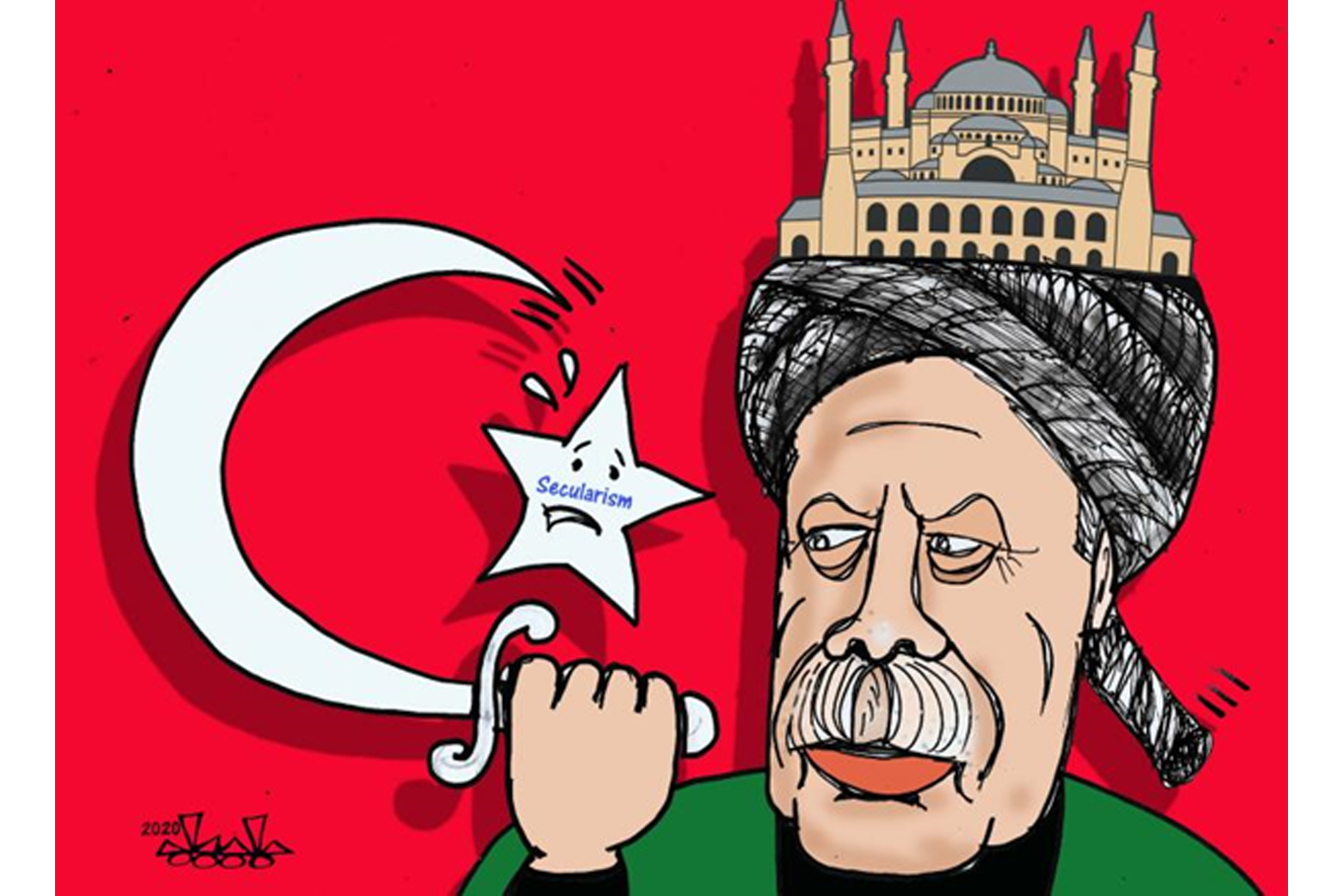Turkey’s Dream Come True
Turkey’s President Recep Tayyip Erdogan announced the decision to open the Hagia Sophia on July 24th, 2020. A beautiful 65,000- square foot stone structure dating back to the sixth century in Istanbul, is to be opened for Muslim prayers after an 86 year-long wait.
The Hagia Sophia was originally built as a cathedral and later converted to a mosque and then a museum by Ataturk in 1934. The reconversion of the Hagia Sophia into a mosque was an old dream of Turkeys Islamists. After 1950, when the Kemalist regime held the country’s first free elections, sections of the Islamist and pan-Turkic romanticists began campaigning for the reopening. They believed that by converting the beautiful structure into a museum did not save the power and prestige of Turkey, but deeply wounded the very heritage of the country. The conversion to a museum to them was a symbol of humiliation. It felt like Turkey had sold its soul to western modernity. Many people in Turkey consider the act of converting the Hagia Sophia to a museum as an act of self-harm for the country.
While the conversion of the Hagia Sophia has gained large amounts of criticism by people all around the world and has been announced as a “day of mourning” by the orthodox Christian church leaders in Greece and the United States, the very idea of opening the Hagia Sophia for prayers again marks the maturation of Islamists power. This was the yearning interest of the people that has finally been accomplished several years later. Through this act, Hagia Sophia is said to be breaking away from being captive.
This has always been the dream of the youth in Turkey – and is now a dream come true.

